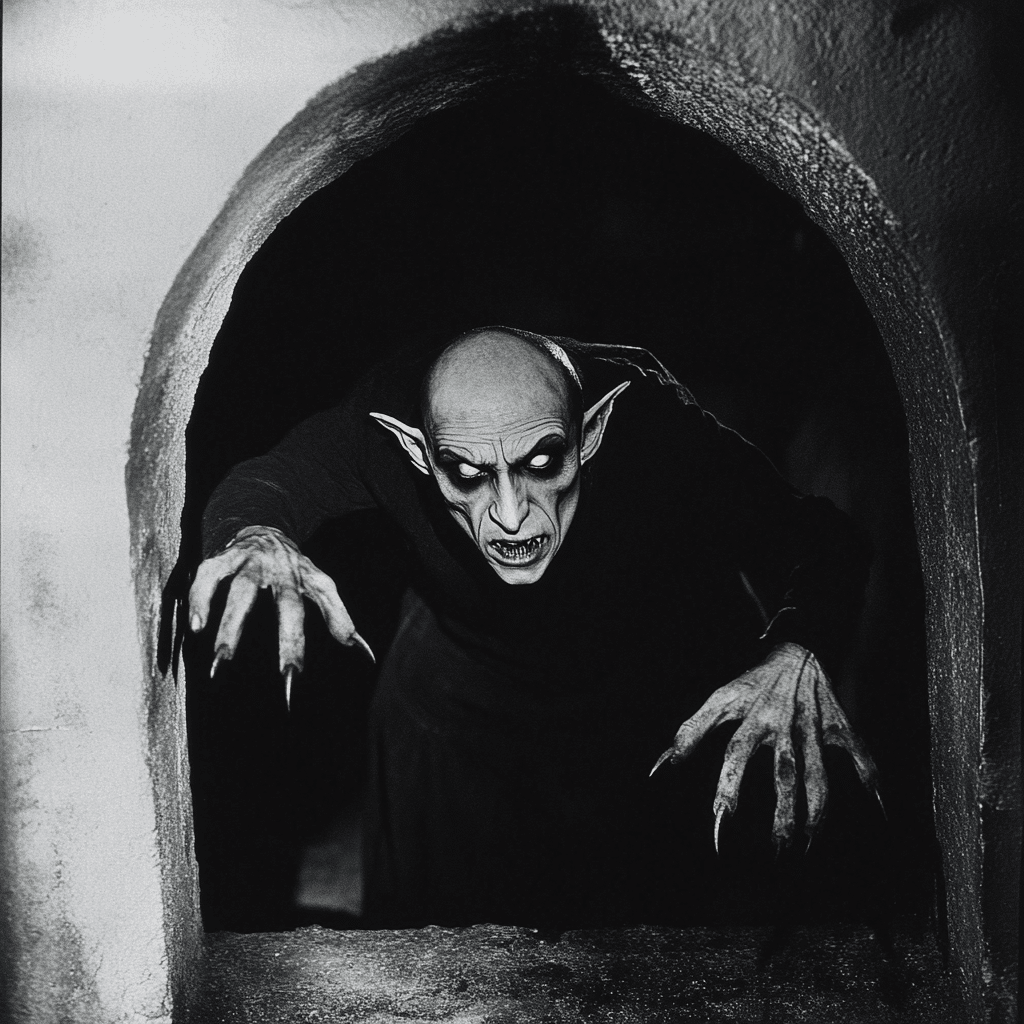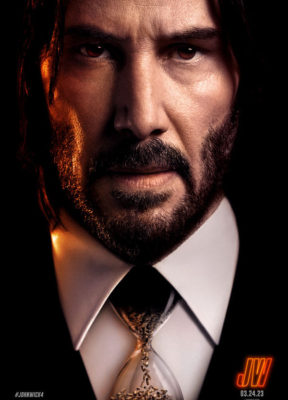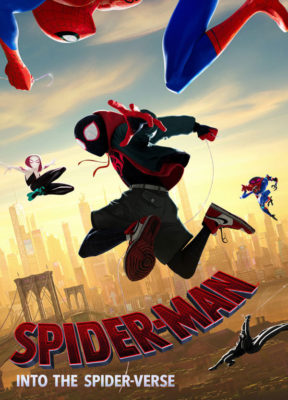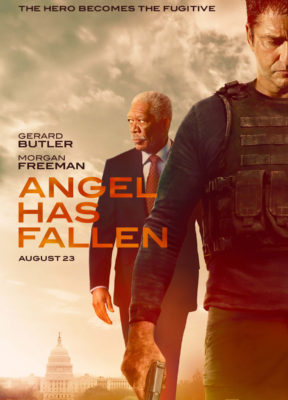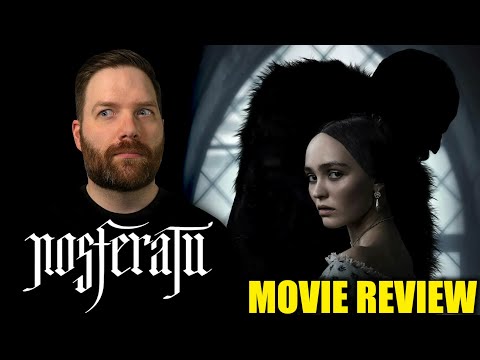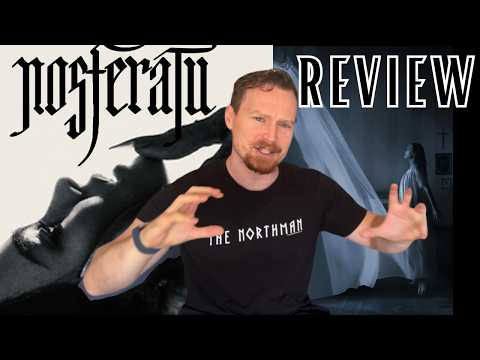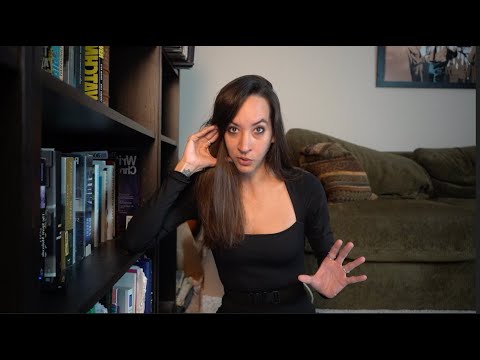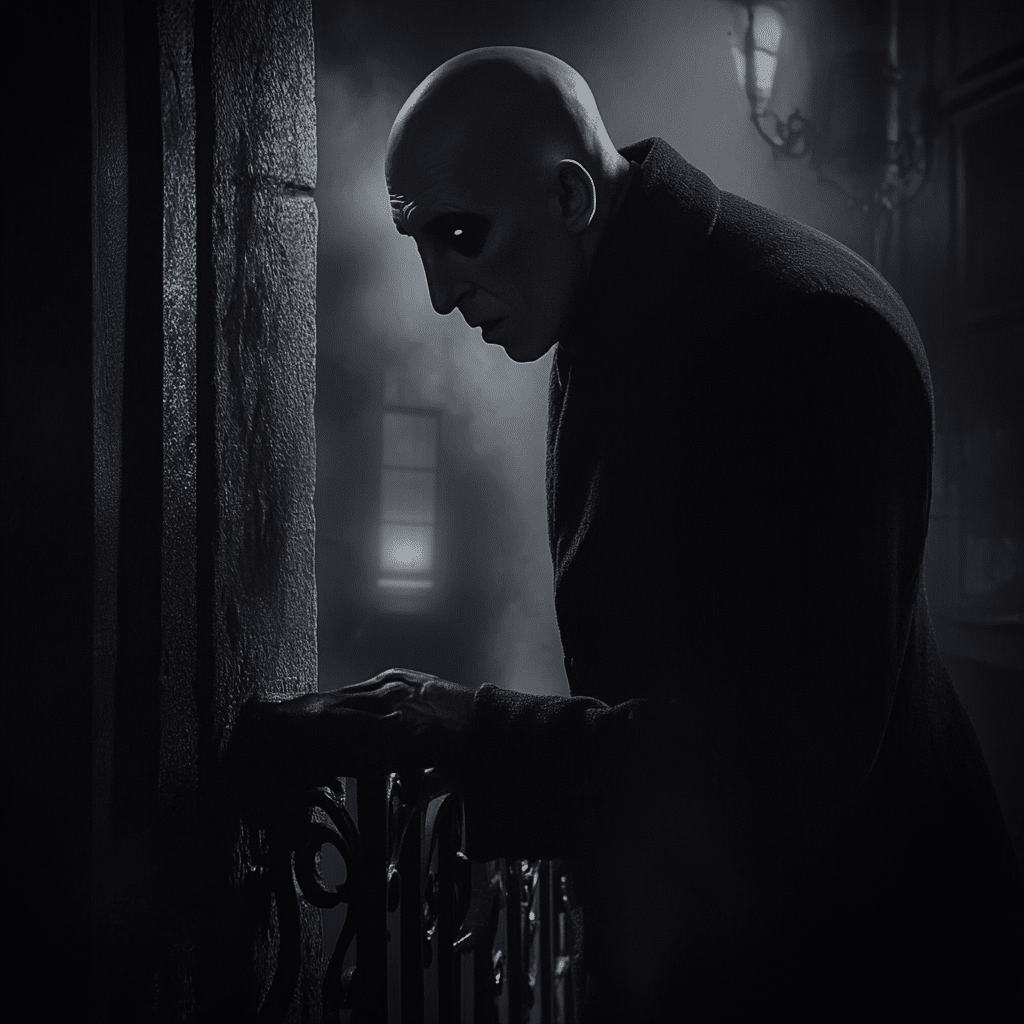
Nosferatu Review A Haunting Journey Into Horror’s Roots
The specter of horror has loomed large over cinema since its inception, with F.W. Murnau’s Nosferatu (1922) serving as one of its most iconic embodiments. This article embarks on an exploration of the film’s groundbreaking impact, its various adaptations, and a look ahead at the imminent Nosferatu 2025, all while delving into its rich lore and meaning. In this Nosferatu review, we’ll dive deep into Count Orlok’s chilling legacy, the film’s haunting imagery, and how it continues to resonate with modern audiences.
Unveiling the Legacy: The Timeless Influence of Nosferatu
Nosferatu’s Count Orlok: The Birth of Horror Archetypes
Count Orlok’s terrifying visage laid the groundwork for countless horror villains. His skeletal frame, elongated fingers, and grotesque countenance created a new archetype in horror cinema, influencing how vampires are portrayed across genres. Films like What We Do in the Shadows and Only Lovers Left Alive echo Orlok’s essence, showcasing the vampire’s tragic and monstrous facets.
In many ways, Orlok became the prototype for future vampire characters. This film didn’t just scare audiences; it crafted an image that would linger in nightmares for generations. The power of Orlok’s eerie gaze remains relevant, proving that sometimes, true horror comes not from graphic violence but from atmospheric dread and psychological torment.
Understanding Nosferatu: The Meaning Behind the Myth
The term “nosferatu” often conjures images of the undead, but its roots dig deeper into folklore. Tracing back to the Romanian word for “vampire,” nosferatu has been warped and refined through storytelling, seamlessly transitioning from myth to cinematic icon. This connection to folklore enriches the narrative, as it spins horror into a tapestry of cultural beliefs.
Nosferatu plays with themes of fear and the unknown, engaging audiences’ imaginations. As viewers ponder what makes Count Orlok so sinister, the film invites a reflection on deeper fears—about isolation, mortality, and the lurking terrors that prey on our psyches. These elements give the story weight, transforming it from mere entertainment into a broader exploration of human anxieties.
The Impact of the Nosferatu Trailer: Building Anticipation
A film’s trailer can be just as significant as its content, and this rings true for Nosferatu. The original trailer captures the film’s spine-tingling atmosphere, using haunting imagery that sticks in the mind long after viewing. The unsettling visuals and the pulsating score work together to create an irresistible invitation—for audiences to immerse themselves in its dread.
In the decades since, trailers for horror films have often emulated this approach. Trailers for films like Hereditary and Midsommar owe their tension-building techniques to the silent horror landscape pioneered by Nosferatu. The legacy of that original trailer isn’t just about marketing; it’s about crafting an experience that lingers, inspiring both curiosity and fear.
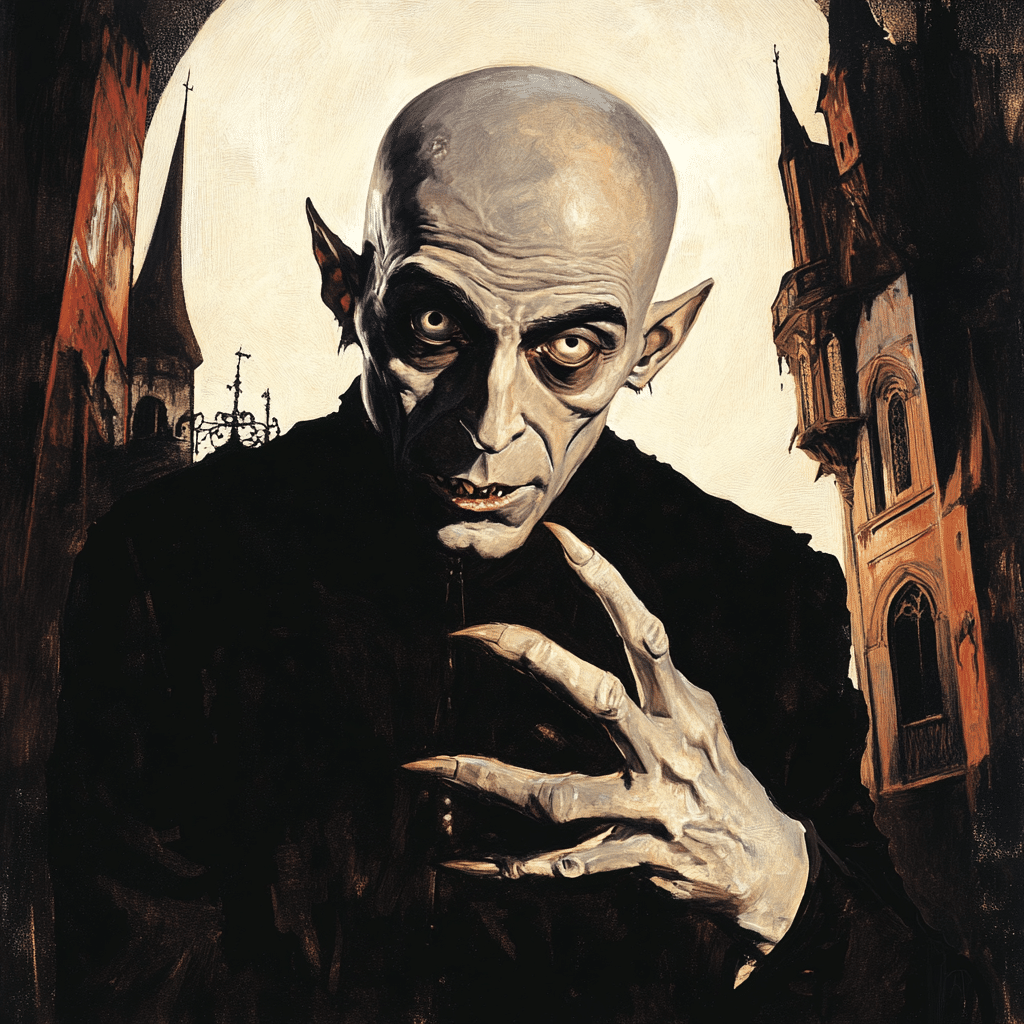
Retrofitting a Classic: Nosferatu in Modern Cinema
Adapting Nosferatu: From 1922 to Nosferatu 1979
Nosferatu set the stage for vampire cinema, but the story didn’t end with Murnau. Werner Herzog’s Nosferatu the Vampyre (1979) is a brilliant homage that adds layers to Orlok’s character. While Murnau’s adaptation relied heavily on visual storytelling, Herzog delves into existential themes, grappling with isolation and humanity’s darker desires.
The original film mainly portrays Orlok as an otherworldly threat, while Herzog’s interpretation brings an unsettling sympathy. Herzog’s Count Nosferatu feels more like a tragic figure, illustrating how remakes can find fresh perspectives in timeless tales. A point of comparison between these films showcases how different eras conceptualize horror, shifting from fear of the unknown to fear of self-awareness.
Nosferatu 2025: What the Upcoming Reviews Might Hold
As we turn our gaze toward Nosferatu 2025, excitement and speculation are brewing. Early screenings suggest that the upcoming film might tackle contemporary issues such as technology’s impact on isolation and societal fears stemming from pandemic experiences. Can Count Orlok evolve with our changing world? This modern retelling may offer a new lens to view the timeless themes of dread.
Anticipation builds as fans and critics alike await Nosferatu 2025 reviews. The film promises to capture the original’s essence while addressing current societal anxieties that echo similar sentiments found in Nostradamus’ prophecies. Will it resonate with audiences like its predecessors? Only time will tell, but expectations are high for a unique blend of classic horror with modern sensibilities.
Exploring Showtimes: Where to Watch Nosferatu in 2024
With a resurgence of interest in classic horror, several film festivals are planning to showcase Nosferatu in 2024. Notable events, including the Toronto International Film Festival (TIFF) and Fantastic Fest, will feature retrospectives paying homage to the film’s legacy. These screenings will offer fans a chance to experience its powerful imagery on the big screen, alongside discussions about its impact on cinema.
Fans can also keep an eye out for special events, such as live orchestral scores accompanying the film, which adds an extra layer of immersion. Knowledge of the Nosferatu showtimes will undoubtedly enrich the experience for both newcomers and die-hard fans alike.
A Deeper Look into Nostradamus and Nosferatu
The connections between Nostradamus and Nosferatu seem tenuous at first glance but share thematic undercurrents. Both deal with prophecy, darkness, and the human condition’s fragility. Just as Nostradamus foretold of doom and despair, Nosferatu’s narrative delves into existential dread, exploring our fears about life and the unknown.
In both, there’s a reflection on humanity’s inevitable march towards doom. Murnau’s film encapsulates these fears, representing everything we dread about mortality, while Nostradamus’ writings challenge us to confront our dark futures. Together, they remind us that horror is not just in the monsters we see, but also in the shadows they cast.
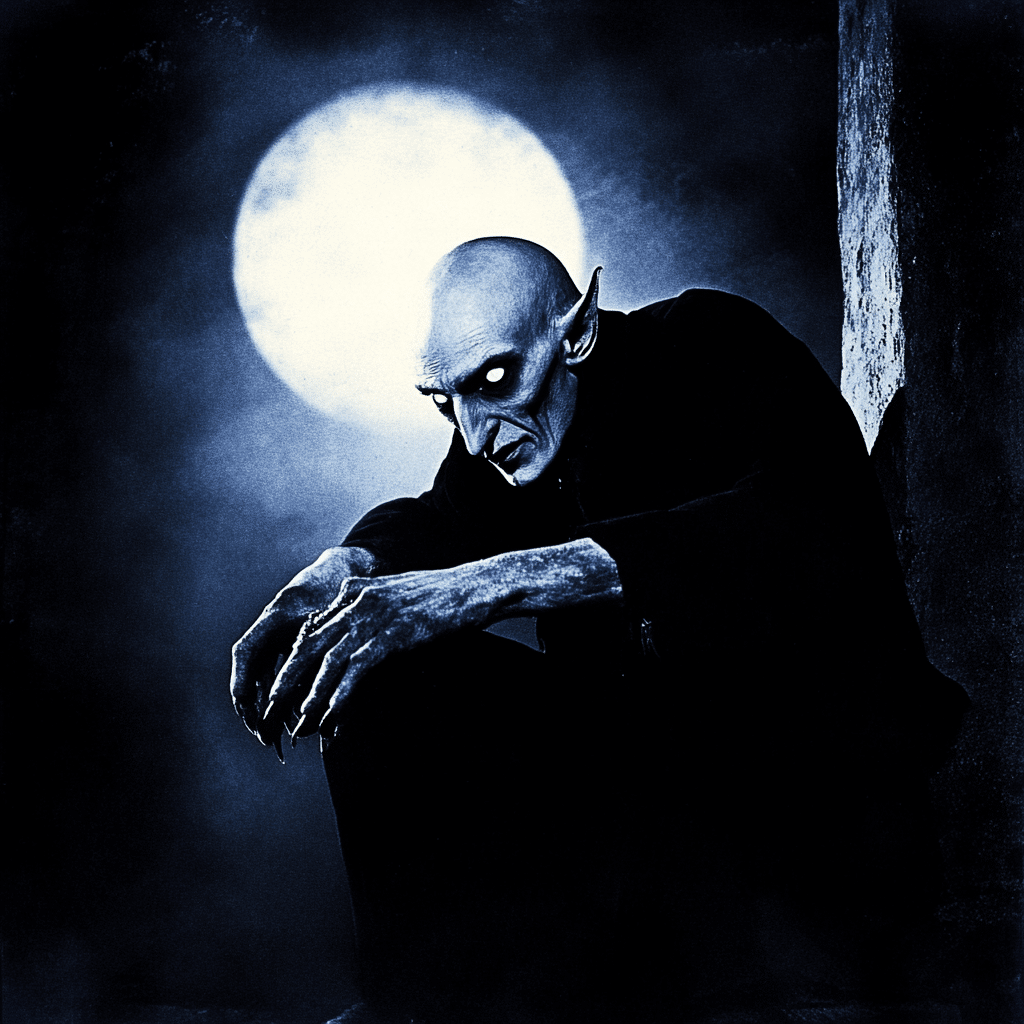
Crafting an Immortal Legacy: The Future of Nosferatu in Cinema
As Nosferatu continues its haunting legacy, it’s clear that filmmakers will always find ways to reinterpret its chilling essence. Advances in technology open new avenues for creativity—think of how today’s CGI can enrich the inherently gothic imagery that made Murnau’s film iconic. It invites a fresh exploration of darkness that encourages new tales to emerge.
Filmmakers now face a challenge to balance homage with innovation. How can they retain the spirit of Count Orlok while making him relevant in a fast-paced world filled with modern monstrosities? As we look to the future, it’s clear that Nosferatu remains a stark reminder of cinema’s power to reflect our deepest fears and aspirations.
In embracing the past while marching forward, the journey of Nosferatu promises to continue inspiring generations to come. Whether through a fresh retelling in 2025 or a revival screening at a local festival, Murnau’s vision left an indelible mark on the psyche of audiences. It’s a legacy that underscores horror’s power—to engage, frighten, and resonate across time. As filmmakers like Herzog have shown, the conversations of fear and humanity will always connect us, making Count Orlok an essential figure in film history.
Nosferatu Review: Fun Trivia and Interesting Facts
The Creepy Shadow of Nosferatu’s Influence
Did you know Nosferatu isn’t just a classic horror film, but a groundbreaking piece of cinema? This silent film, released in 1922, was one of the first adaptations of Bram Stoker’s Dracula, even though it was made without permission. That bold move sparked countless legal battles, but it also set a standard for horror movies today. It’s fascinating how a flick filled with eerie shadows could lead to a genre as rich as love Is blind Habibi conversations around the world of dating dramas! And speaking of shadows, remember the iconic hit song “Sunglasses at Night”? The vibe of that track makes you think of the timeless appeal of ashen figures sneaking around in the dark.
A Production with Spine-Chilling Origins
The man behind the unsettling visage of Count Orlok was actor Max Schreck, whose performance is one for the books. Legend has it that the crew even worried he was too into his role—there’s chatter about him fully embodying the vampire character off-screen! Isn’t that reminiscent of today’s celebrity relationships, like Megan Fox And Mgk, where life and art blur? The atmosphere Schreck helped create is almost as captivating as the thrill of exploring what you might find in El Dia Despues de manana.
Beyond the Screen: Cultural Impact
Nosferatu’s impact runs deep, influencing filmmakers and fans alike. Its legacy can be seen in everything from modern horror to contemporary fashion! There are even styles inspired by the film’s haunting imagery, much like the sleek appeal of Cloudnova Womens footwear. And if you’re wondering how today’s tastes align with this classic, consider taking an Am I Gay quiz to explore your preferences. Isn’t it wild how even decades later, we’re still unraveling the layers of influence this movie has had? Each element, from its unsettling score to its chilling visuals, underscores why Nosferatu review is as relevant now as it was nearly a century ago.
So, next time you dive into a horror marathon, keep Nosferatu in mind. It’s not just a film; it’s a cultural phenomenon that paved the way for the genre, echoing through the decades like a haunting melody you just can’t shake off—kinda like the catchy lyrics of “Sunglasses at Night”!
